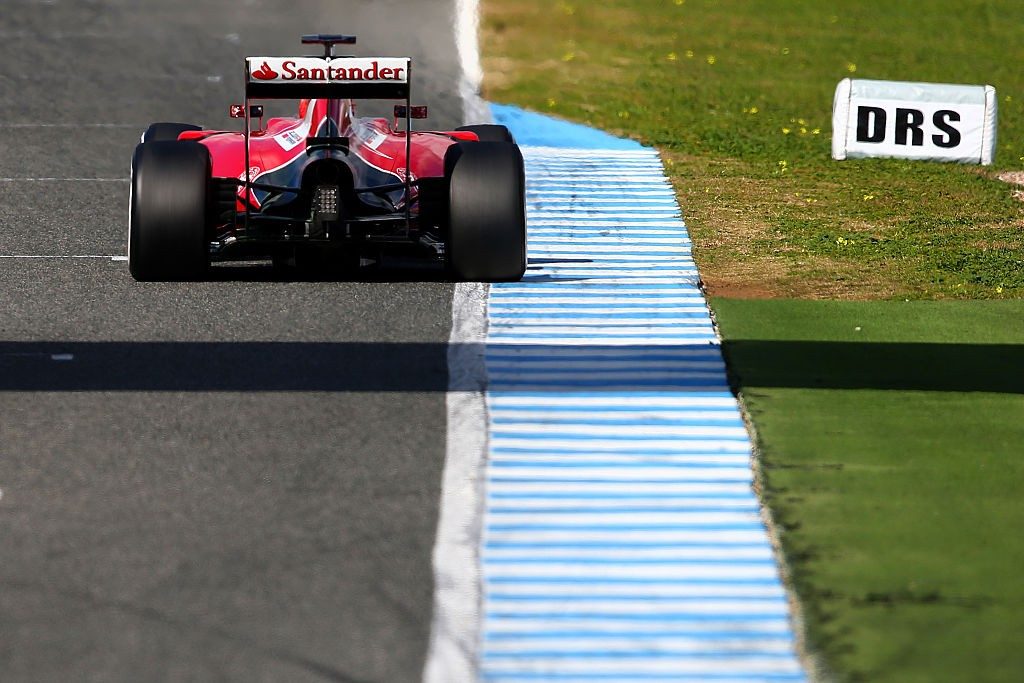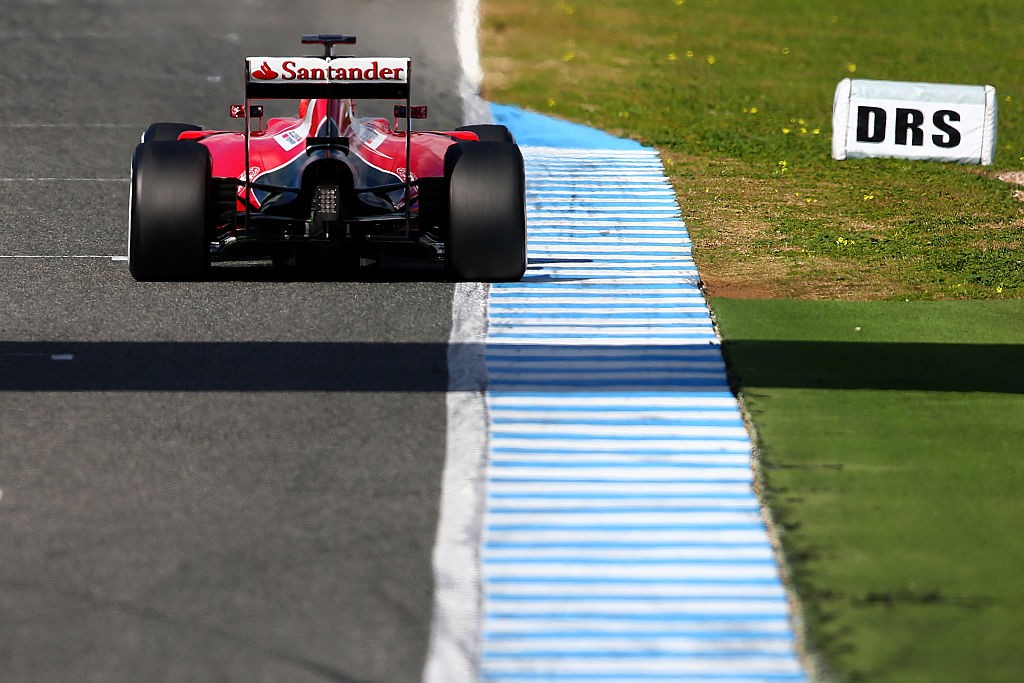What is DRS in F1?
Back in 2011, Formula One introduced a new method to help in overtaking called Drag Reduction System (or DRS).
For the uninitiated, the Drag Reduction System definition is a driver-adjustable bodywork with the aim of reducing aerodynamic drag. This helps increase top speed and promotes overtaking in Formula One.
With regard to how it works, the driver activates a button on the steering wheel and an adjustable rear wing opens up.

However, this function is not available at a driver’s beck and call. There are certain conditions, namely being limited to certain sections on the track and being within a second of the leading car at the detection point.
Formula One acted as the guinea pig as they used it successfully in 2011. Then, in the following years, a number of other racing series adopted it. Formula Renault 3.5 in 2012, DTM in 2013, FIA F2 in 2015, GP3 Series since 2017 and FIA F3 have all used the system.

In addition to that, an adjustable wing was also used by the Nissan DeltaWing at the 2012 24 Hours of Le Mans, although without restrictions.
In Formula One, the BBC claims the speed increase is between 15–16 km/h by the end of the activation zone. When the flap is closed it increases downforce, giving better cornering.
The device is activated by the FIA only after all drivers have completed two laps in a race. However, drivers cannot use it judiciously, only pursuing cars can use it when they enter a designated “activation” zone and are within a second of the car ahead.

The history of the Drag Reduction System zone in Formula One
It was worth noting that in subsequent years, the FIA increased the number of DRS zones on certain circuits that possessed multiple long straights.
The original plan was to have two Drag Reduction System zones at every race with multiple long straights.
However, it depended on the success of Montreal and Valencia, though it was later scrapped. Interestingly, at the penultimate round of the 2011 season, two zones on consecutive long straights saw a return at Yas Marina (h/t BBC).
When usage of the DRS remained for the 2012 season, a second zone was added to the track for the Australian Grand Prix.
The 2018 and 2019 seasons saw a third DRS zone added to the tracks in Australia, Bahrain, Canada, Austria, Singapore and Mexico.
The advent of DRS has helped create more exciting racing as there is always the chance for an overtake in specific zones.
However, most of the overtakes take place in these DRS zones and in some races, the track doesn’t see much action apart from in these areas.

